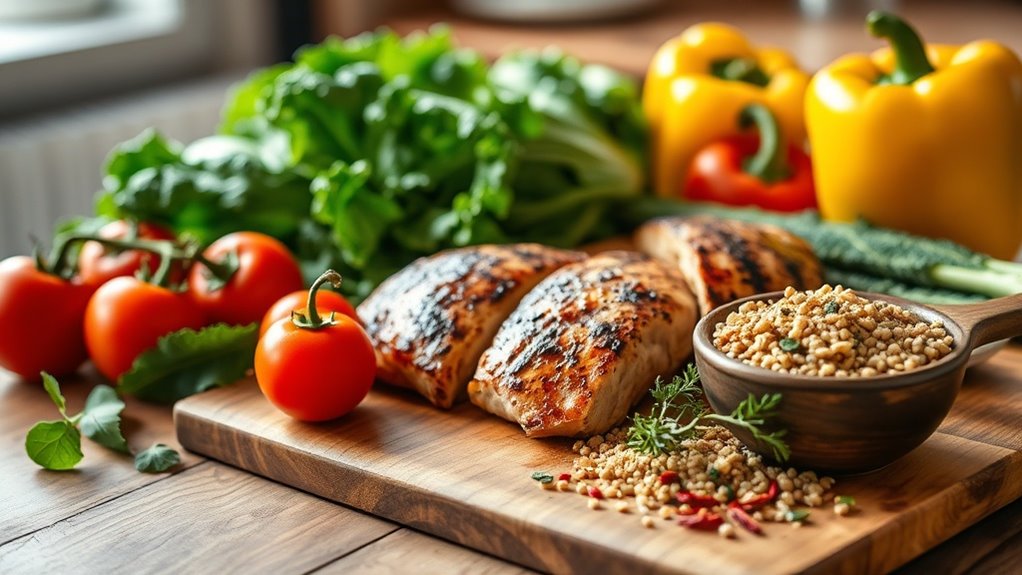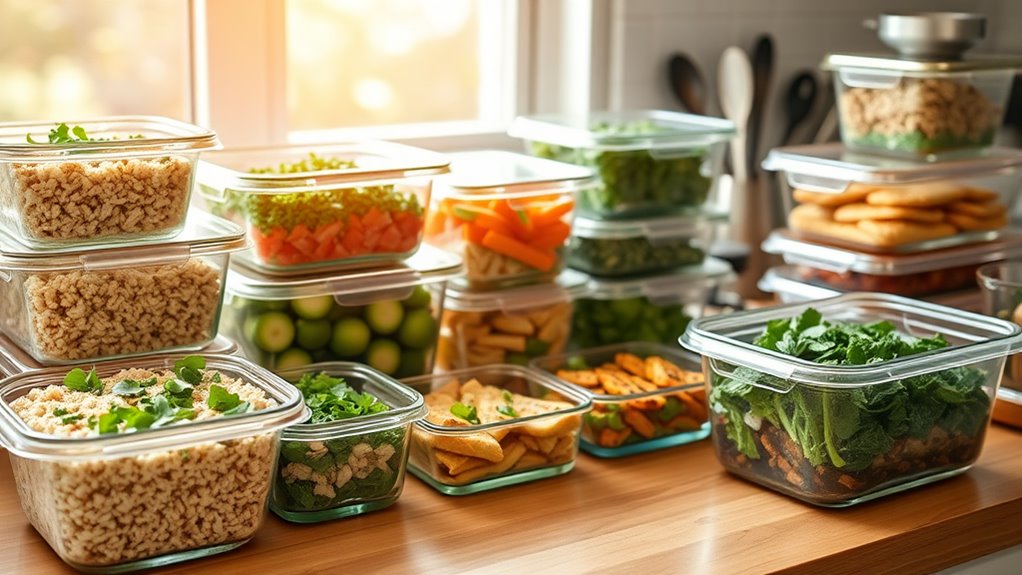How I Finally Stopped Emotional Eating After Years of Struggle
Have you ever found yourself reaching for food during tough times, seeking comfort in a snack rather than addressing your feelings? You’re not alone. Many struggle with emotional eating, but there’s hope for change. It starts with understanding your triggers and finding healthier coping mechanisms. Let’s explore the turning point that shifted my perspective and the strategies that helped me reclaim control over food—transforming it from a source of comfort into a tool for nourishment.
Understanding Emotional Eating
Many people struggle with emotional eating, often turning to food as a source of comfort during stressful or challenging times.
Recognizing this behavior is the first step toward emotional eating recovery. Instead of suppressing feelings with food, try to identify triggers. Understanding emotional triggers can significantly enhance your ability to change eating habits and embrace healthier coping mechanisms, leading you toward a more balanced relationship with food and improving your overall well-being.
My Turning Point
A pivotal moment in my journey away from emotional eating came when I realized I was using food to fill a void rather than address my feelings. This realization hit hard, forcing me to confront uncomfortable emotions instead of masking them with snacks. Acknowledging this truth empowered me to seek healthier coping mechanisms, and it was the first step toward true healing and self-discovery. Understanding the importance of recognizing emotional triggers was vital in my journey to develop more effective strategies to manage my cravings.
Strategies That Worked for Me
Confronting my emotions opened the door to various strategies that genuinely helped me manage emotional eating.
I started journaling to process feelings, practiced mindfulness to stay present, and engaged in physical activity to release stress. I also learned to identify my common triggers to better understand my emotional eating patterns.
Setting clear boundaries around food and seeking support from friends also made a difference.
Building a Healthier Relationship With Food
While it’s easy to fall into patterns of emotional eating, building a healthier relationship with food isn’t only possible, it’s empowering.
Start by listening to your body’s hunger cues and savoring each bite.
Replace guilt with gratitude, recognizing food as nourishment, not a reward.
Experiment with cooking, explore new flavors, and celebrate balance.
You can cultivate joy in your meals again! Additionally, practicing intermittent fasting can help you regain control over your eating habits and manage emotional triggers effectively.




